blogs
Categories
All
Alan Warwick
Andy Perman
Anthony Osborne
Austin Mini
Brett Richardson
Brian Allison
Brits Abroad
Callum Tooey
Classic Motor Show
Daniel Bysouth
Drive It Day
Eddy Glass
Eric Dalton
Focus On British Classics
Gar Cole
Graeme Moore
Graham Hemsley
Group Events
Group Tours
Gus Brooks
Holly Bush
In The Workshop
Jim Lodder
Joel Lodder
John Lonergan
John O'Cean
John Simpson
Kevin Thompson
Mark Smith
Matthew Homburg
Members Classics
Members Recollections
Mick Masters
Mike Peake
Nicholas Webb
Nick Arthur
Paul Sweeney
Projects
Steve Favill
The Weekly Groan
Tony "Tosh" Brooks
Unsung Heroes
VLOG
YouTube
Archives
July 2024
June 2024
May 2024
April 2024
March 2024
November 2023
October 2023
September 2023
August 2023
July 2023
June 2023
May 2023
April 2023
March 2023
January 2023
December 2022
November 2022
October 2022
September 2022
August 2022
July 2022
June 2022
May 2022
April 2022
March 2022
February 2022
January 2022
December 2021
November 2021
October 2021
August 2021
July 2021
June 2021
May 2021
April 2021
February 2021
December 2020
October 2020
September 2020
August 2020
July 2020
June 2020
May 2020
April 2020
November 2019
October 2019
September 2019
August 2019
July 2019
June 2019
May 2019
April 2019
March 2019
February 2019
December 2018
November 2018
October 2018
September 2018
August 2018
July 2018
June 2018
May 2018
April 2018
March 2018
February 2018
January 2018
December 2017
November 2017
October 2017
September 2017
August 2017
July 2017
June 2017
May 2017
April 2017
March 2017
February 2017
January 2017
December 2016
November 2016
September 2016
August 2016
June 2016
May 2016
April 2016
March 2016
February 2016
January 2016
December 2015
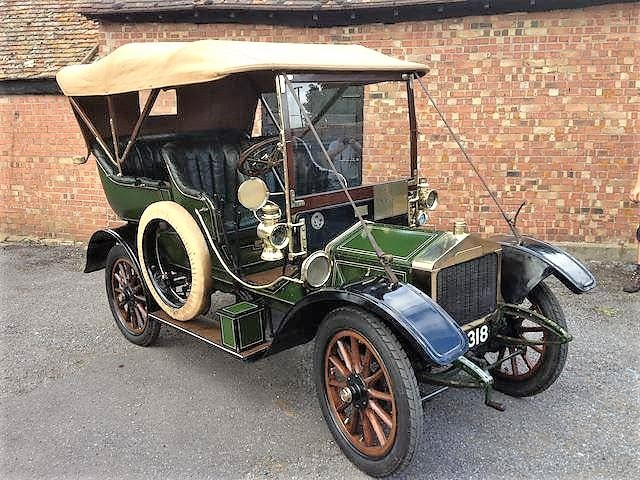

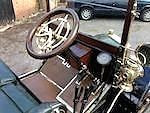

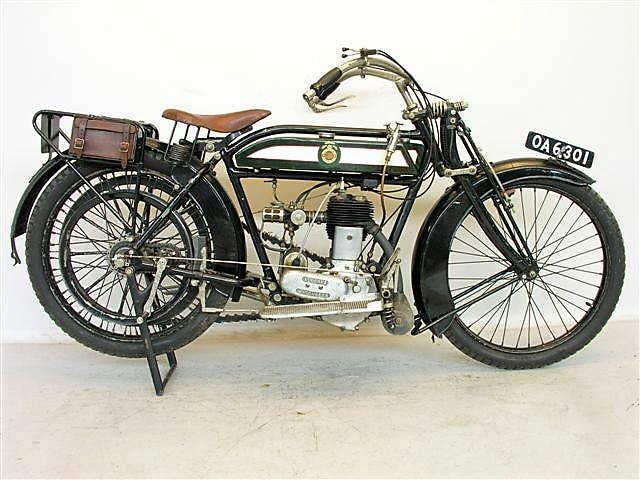

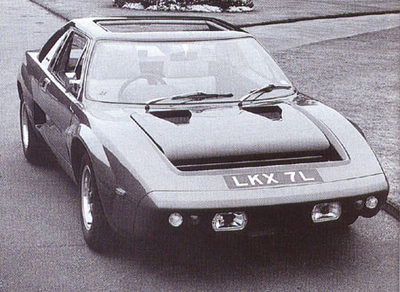
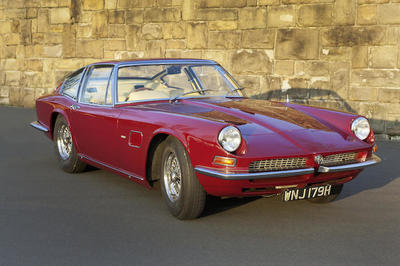
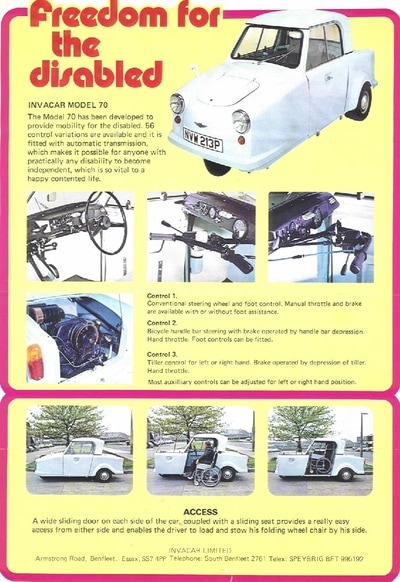
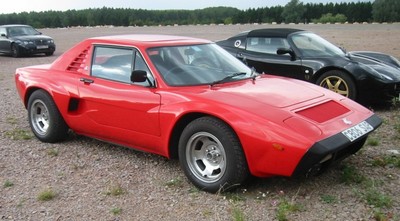
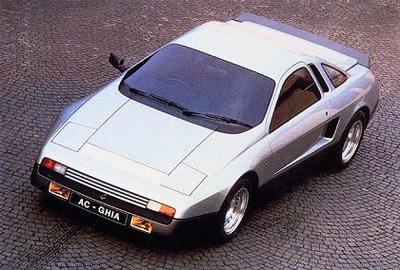
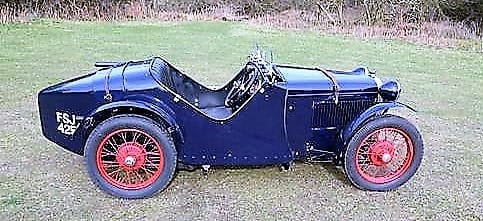
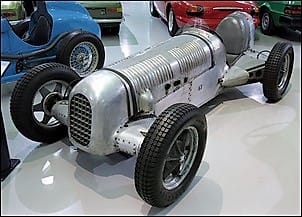
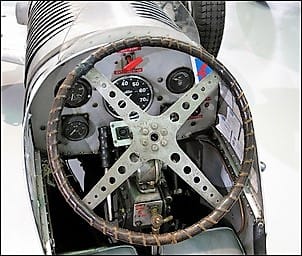
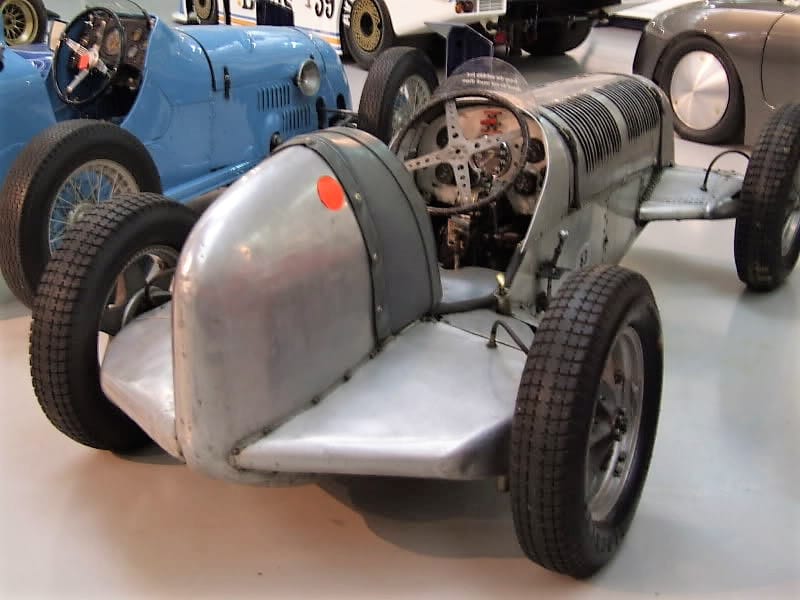
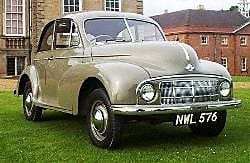
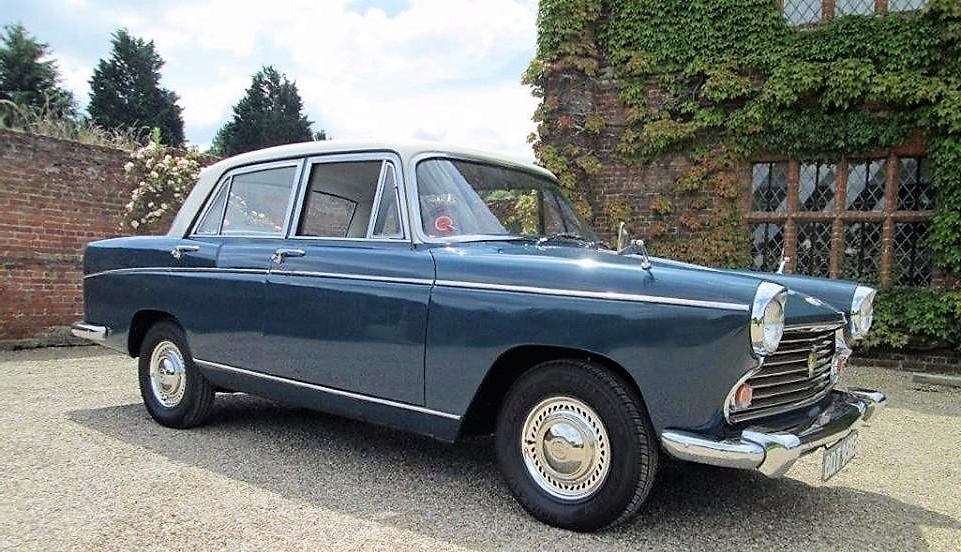
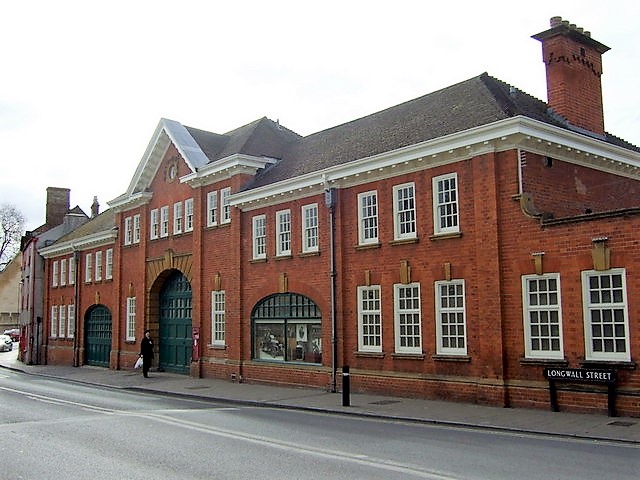
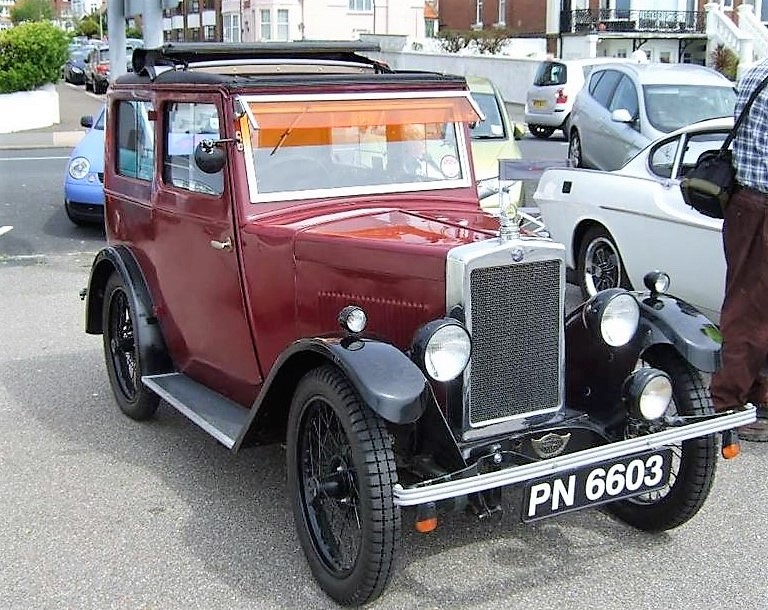
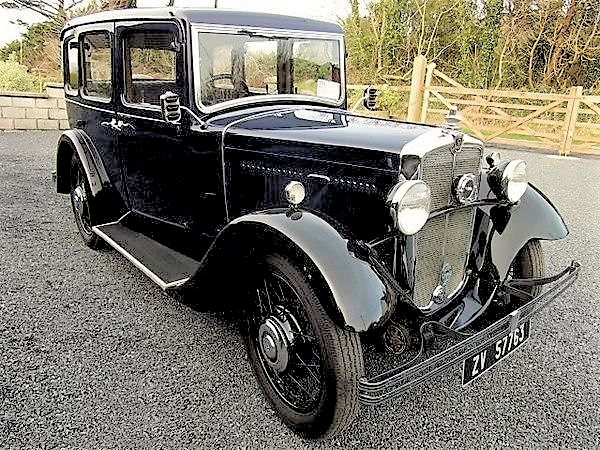

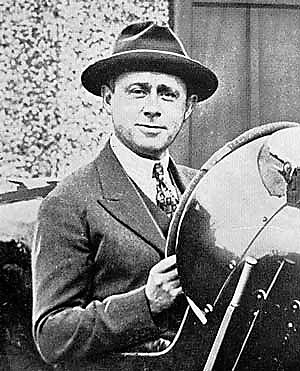
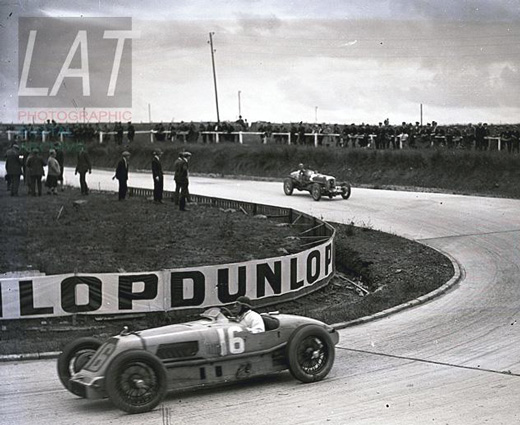
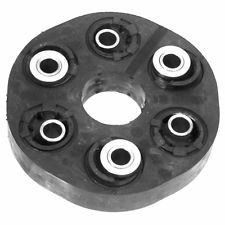
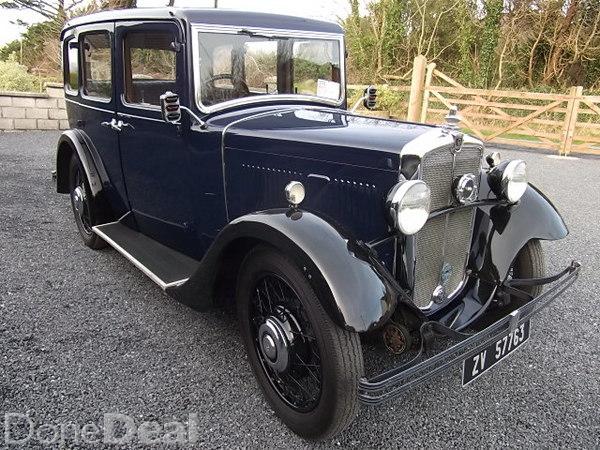
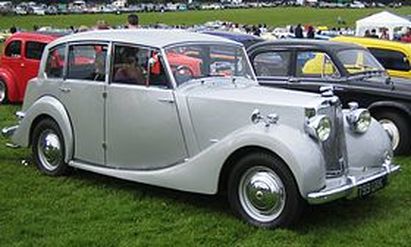
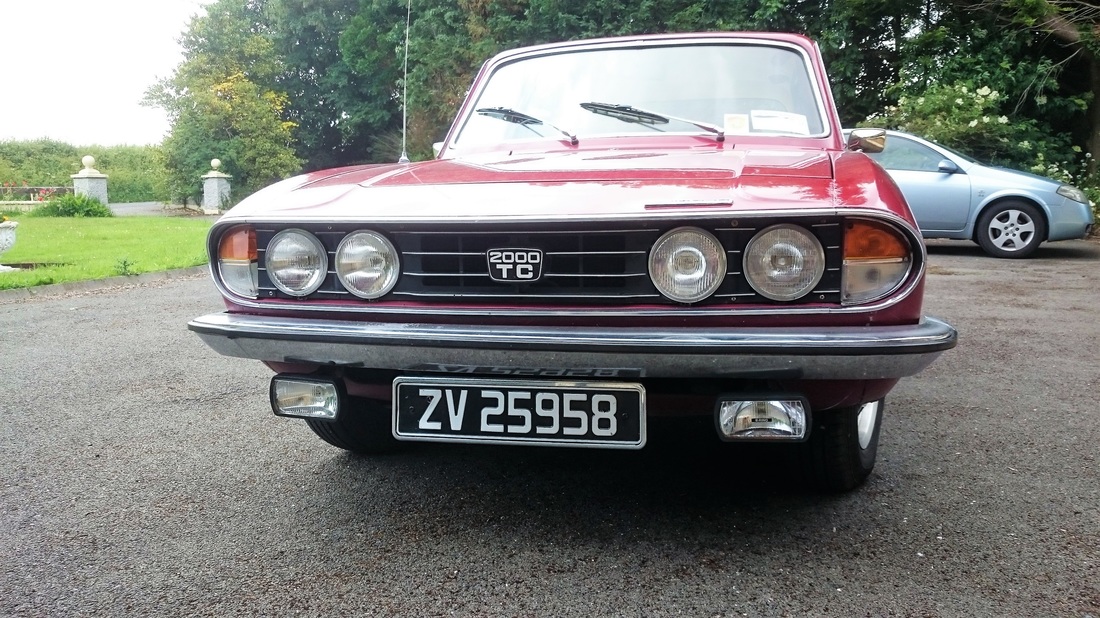
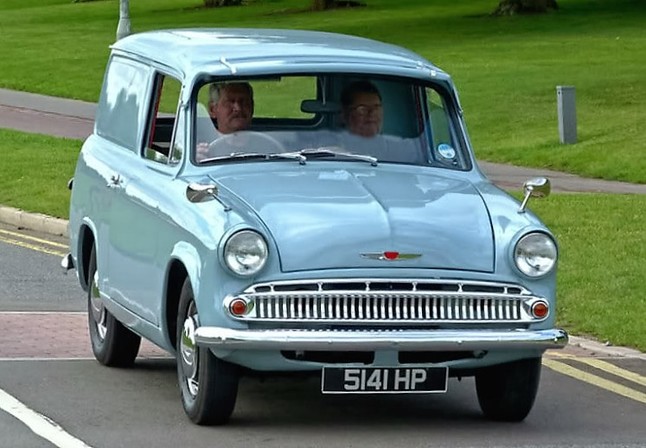
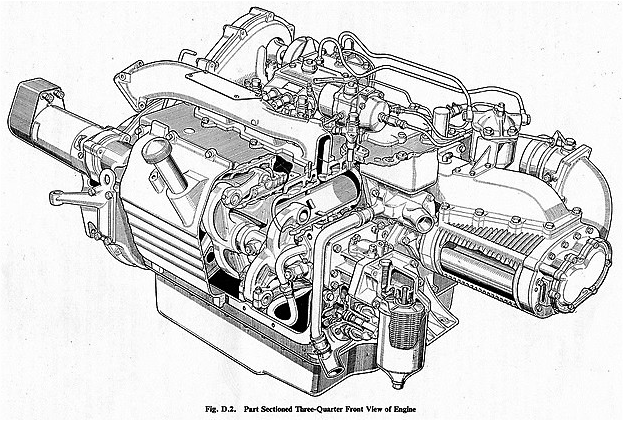
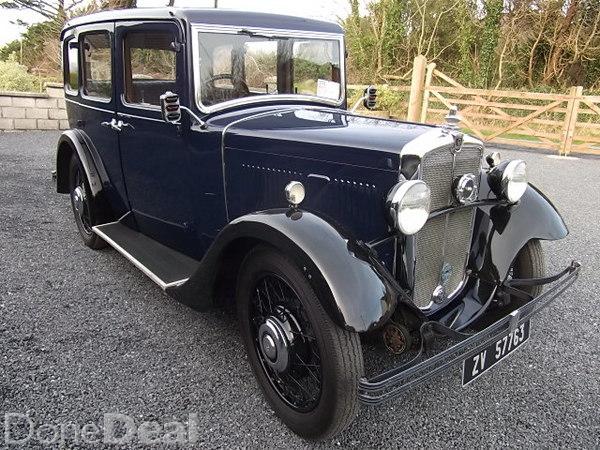
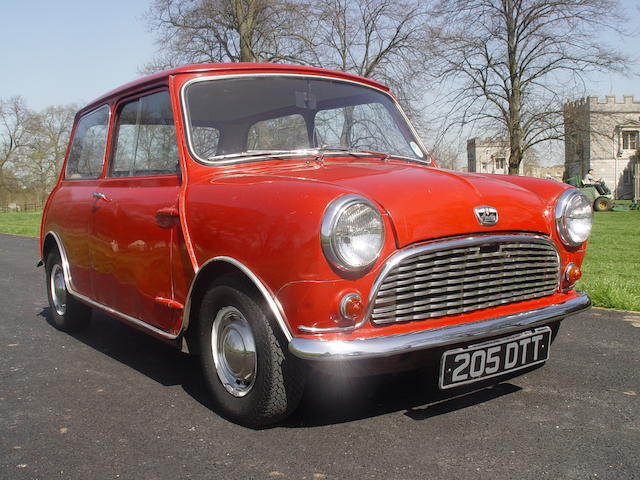
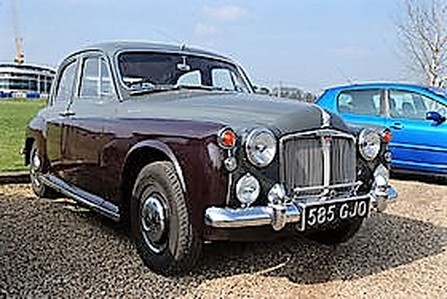
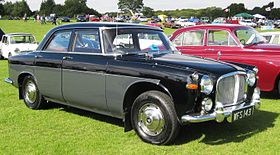
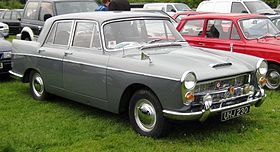
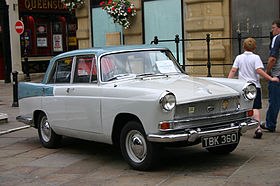
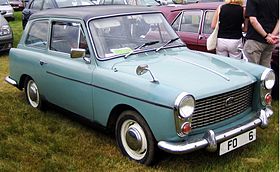
 RSS Feed
RSS Feed

